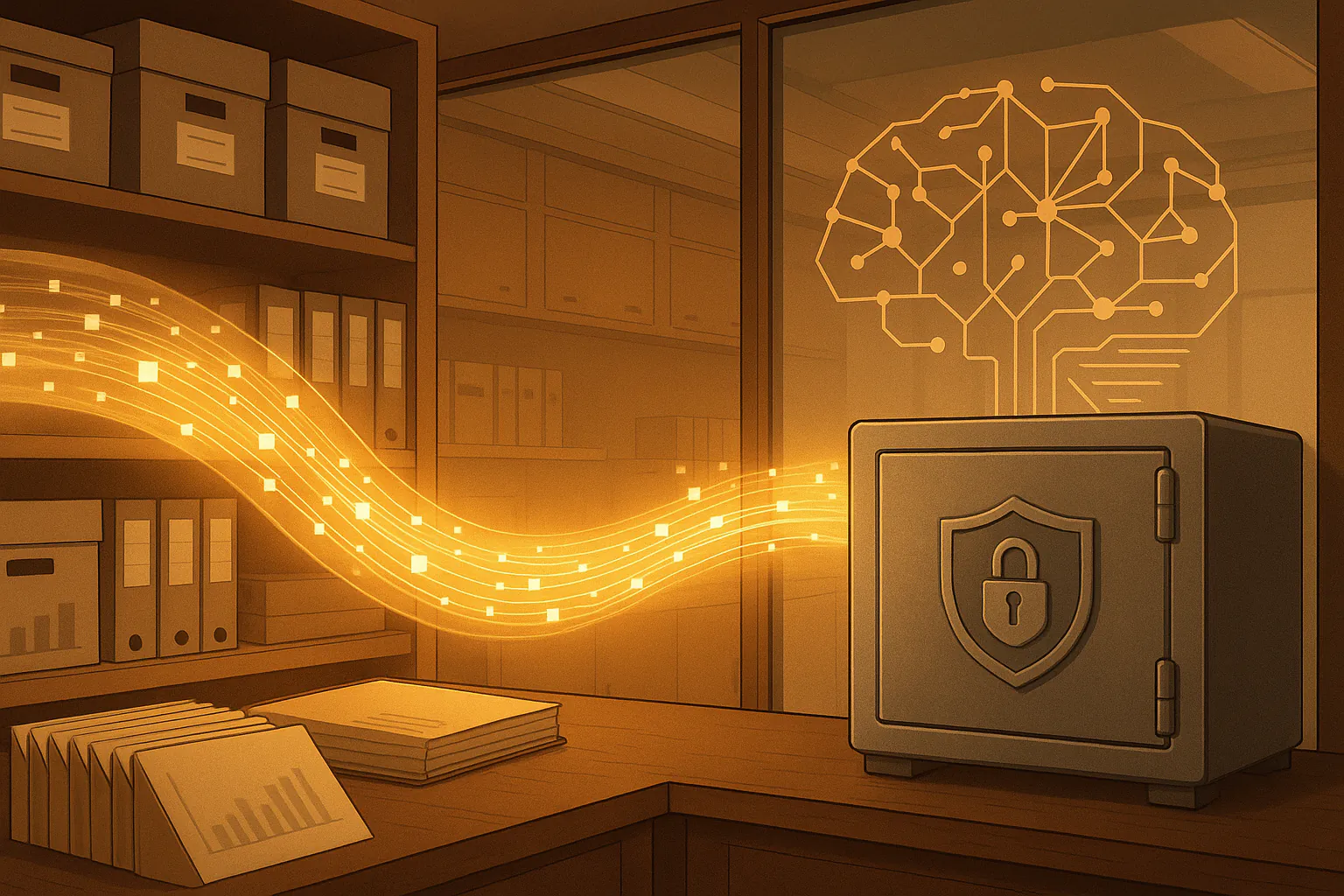Future Automation For Business Growth
Key Takeaways
- Start with one process, fix it, then add the next. Small wins build real momentum.
- Use AI to handle routine steps, keep people for judgment and final calls.
- Keep data clean and add light guardrails, security, logging, and short training, so automation sticks and grows.

Speed and clarity win markets. Future automation brings both by linking everyday tools, data, and workflows so teams can move faster with fewer mistakes. For companies that build on Microsoft and Azure, automation is not an experiment, it is a practical way to scale without adding overhead.
Yocum Technology Group designs and builds automation that helps real people do real work. We use Microsoft Power Platform, Azure AI, and custom software to remove bottlenecks, bring systems together, and surface the right information at the right time. The result is simpler operations, stronger decisions, and more time for meaningful work.
Where Automation Delivers Value
Automation is not only about cost. It is about reliable outcomes you can repeat every day.
- Faster handoffs between sales, service, and finance, with fewer manual steps.
- Cleaner data that flows through one process, not ten different spreadsheets.
- Smart notifications and approvals that happen in minutes, not days.
- Clear audit trails that make compliance and reporting less painful.
That is the promise of future automation, and it is achievable with the tools many businesses already own.
AI And The Future Of Automation
Artificial intelligence gives automation context. Rules move work from A to B, while AI helps decide what A and B should be. When you combine the two, routine tasks go on autopilot and the system learns from outcomes.
Common wins include:
- Routing service tickets based on content and urgency.
- Drafting first pass responses that agents review and send.
- Scoring leads using historical outcomes, then nudging sales to the right follow ups.
- Summarizing long documents so people can act without digging.
At YTG we build these patterns with Microsoft Power Automate, Power Apps, and Azure OpenAI so they fit your security model and your data estate. You get predictable workflows with a smarter core.
Getting From Idea To Production
A good automation journey is simple and staged.
- Discover the friction. Pick a process with high volume, clear owners, and measurable steps.
- Prototype the path. Build a narrow flow that proves the data is available and the rules hold.
- Pilot with a small group, capture feedback, and instrument the steps for time and quality.
- Scale by wrapping governance, logging, alerts, and training around the working pattern.
- Evolve on a schedule. Keep a backlog of next best steps so improvements continue.
This rhythm keeps risk low and momentum high. It also makes it easier to show value to stakeholders because each stage has visible wins.
Cloud Foundation Matters
Future automation works best when it rides on a clean cloud foundation. If your data is scattered or your identity model is tangled, even great workflows will stall. That is why many projects start with light application modernization and data standardization.
On Azure, that may mean:
- Centralizing data sources behind secure services.
- Standardizing identities with Microsoft Entra ID.
- Using managed connectors rather than custom scripts.
- Adding monitoring so every flow has health and usage metrics.
You do not need a massive rebuild. You need a stable base that makes automation safe, measurable, and easy to extend.
Future Trends In Marketing Automation
Marketing teams are often first to benefit from new automation patterns. Three trends stand out right now.
First party data and consent. As cookies fade, the stack shifts toward owned data, clean preference capture, and tighter integrations with CRM and analytics. Automation keeps profiles fresh and actions compliant.
Event driven journeys. Real behavior triggers the next step, not guesswork. When someone attends a webinar, visits a pricing page, or opens a trial, flows adapt messages and handoffs automatically.
Content with a human finish. AI can draft options, but brand tone, legal review, and conversion goals still need people. The best setups use AI for first drafts and summaries, then route items to the right owner for polish and approval.
YTG helps teams wire these patterns into Microsoft tools and the systems you already use, so marketing and sales work from the same truth.
Guardrails, Governance, And Change Management
Automation touches many teams. It needs guardrails and a plan for change.
- Security and data boundaries. Keep sensitive records in approved services and apply least privilege access.
- Auditability. Log runs, decisions, and outcomes so you can explain who did what and when.
- Version control. Treat flows like software with environments, testing, and approvals.
- Training. Short, role based guides help people trust and use the new workflows.
YTG builds these pieces into projects so automation is dependable, not a collection of one off macros.
What Success Looks Like
You will know automation is working when cycle times drop, error rates fall, and teams stop copy pasting between systems. Leaders see live dashboards with fewer manual updates. Customers get faster answers. New hires ramp without memorizing tribal steps. Most of all, there is a growing list of “can we automate this next” ideas because people feel the momentum.
Bottom Line
Future automation is practical, not hype. Start small, connect the right systems, and build guardrails into the plan. With the Microsoft stack and a clear method, you can turn busywork into simple clicks and keep your team focused on work that grows the business.
About the Author
Luke Yocum
Luke manages Growth and Operations at Yocum Technology Group (YTG), where he focuses on building scalable systems that streamline processes and support sustainable business growth. He specializes in automation strategy and implementation, leveraging platforms such as n8n and Microsoft Power Platform to improve efficiency and reduce operational complexity.
With a background in business development and outreach, Luke combines technical expertise with a strategic mindset to create solutions that drive measurable results. Passionate about continuous improvement, he is dedicated to helping both YTG and its clients simplify operations, strengthen workflows, and achieve long-term success.




